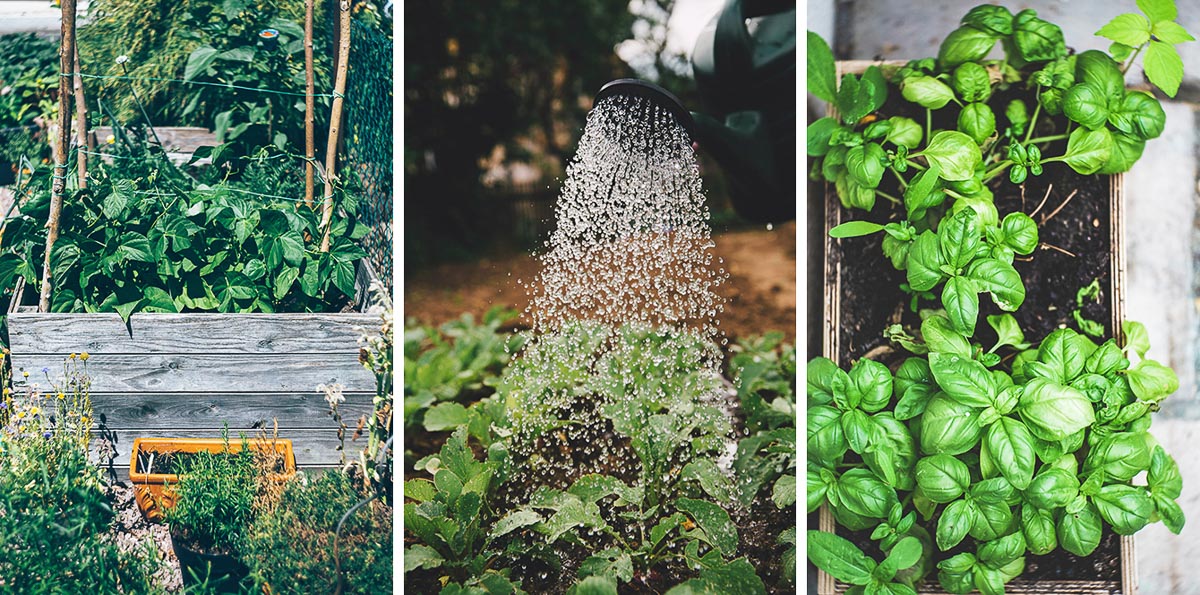City Blooming Can Be Fun For Everyone
Table of ContentsCity Blooming Things To Know Before You Get ThisRumored Buzz on City BloomingGetting The City Blooming To WorkFascination About City BloomingSome Ideas on City Blooming You Should Know
Fascinated in growing food available in the City of Chicago? Assuming about starting a neighborhood garden? Modifications to the Chicago Zoning Statute enable farming uses like neighborhood gardens and metropolitan farms in several components of the city. Below is a listing of often asked inquiries regarding the rules and regulations that farmers need to think about when preparing a metropolitan farming task.
The zoning change does not modify any type of various other codes managing composting, building permits, buying or leasing City had residential or commercial property, company licenses or ecological contamination. There are existing codes that control these problems and they continue to be in complete result and might apply to your job. Community yards are normally possessed or handled by public entities, civic organizations or community-based companies and kept by volunteers.
Urban ranches grow food that is meant to be marketed, either on a nonprofit or for-profit basis. Due to their commercial function, metropolitan ranches need a company license.
Not known Details About City Blooming
Composting is enabled but only for plant material that is created and utilized on website. The amount of garden compost material can not go beyond 25 cubic backyards at any kind of given time according to the requirements in 7-28-715 of the City's Municipal Code. Yes. Due to the fact that the dirt at the majority of new yard sites needs modifying, garden compost, dirt, timber chips, or other materials can be acquired to construct or boost the growing room - sustainability.

If a structure license is needed after that the hoophouse will certainly be considered an accessory building. You can figure out more about the building authorization needs by contacting the Department of Structures. The 25,000-square-foot dimension limit is planned to protect against a solitary neighborhood yard from dominating a given block or interfering with the block's existing domestic or industrial character.
The limitation does not use to gardens found in Public Open Room (POS) districts. Can there be more than one area yard that is 25,000 square feet on a single block? Fencing is not required, nonetheless, gardens that have large car park areas may be needed to set up secure fencing or various other landscaping attributes.
Not known Details About City Blooming
B1 & B2 areas require that all business use tasks be performed indoors. Is fencing required for metropolitan farms? Fences may be required, along with landscaping and testing, for certain parking areas and outdoor work or storage areas depending on place and the certain task taking place.
Yes. Urban farms need structure licenses and zoning authorizations prior to building. Various other kinds of city evaluation might be required depending upon details structures, activities, size, landscaping, licensing, public heath and stormwater management issues. Most of these requirements are identified in the project design or allowing procedure, nevertheless, the candidate may be responsible to independently determine certain licenses or permits that may be required.
The Department of Service Affairs and Customer Protection can aid determine the specific kind of service certificate that's required. Off street car parking is required for a lot of industrial projects in Chicago. The called for number of parking areas is based on the number of workers functioning on website and not the square video of the growing area.
Some Known Factual Statements About City Blooming

A city ranch can offer compost material produced on website, nonetheless, the operation must comply with the regulations in 7-28-715 of the Chicago Municipal Code. Aquaponic systems are allowed indoors on city ranches in several zoning districts.
As much as 5 hives or colonies of honey may be maintained as an accessory usage. Beekeepers have to register with the Illinois Division of Farming. To find out more about the recommended zoning change you might get in touch with the Department of Real Estate and Economic Growth, Bureau of Planning and Zoning at 312.744.8563.
Farming in cities and urban areas An urban ranch in Chicago. Urban agriculture refers to various practices of cultivating. https://www.slideshare.net/danielnold94107, processing, and dispersing food in metropolitan areas. The term likewise applies to the location activities of animal husbandry, aquaculture, beekeeping, and horticulture in an urban context. Urban agriculture is identified from peri-urban farming, which occurs in backwoods at the side of suburbs.
Little Known Facts About City Blooming.
It can entail a motion of natural farmers, "foodies" and "locavores", that seek to develop social media networks based on a common values of nature and area holism. These networks can develop by way of formal institutional assistance, becoming incorporated into local community planning as a "change community" motion for lasting urban advancement.
Some of the very first proof of city agriculture comes from Mesopotamia.